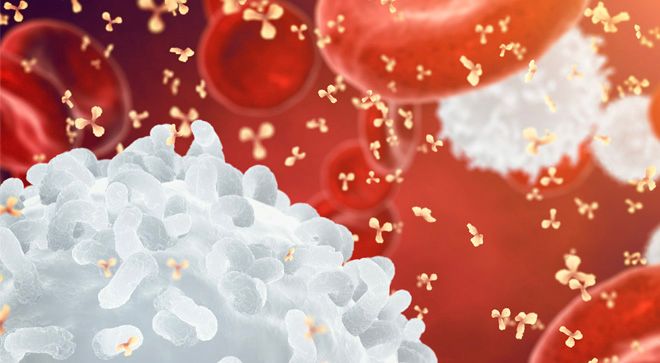Article
First-Line Immunochemotherapy With Maintenance Therapy May Lead to Long-Term Remission in Mantle Cell Lymphoma
Author(s):
A high intensity immunochemotherapy with maintenance therapy led to 93.2% of patients achieving a complete response and 55.6% of patients with progression-free survival at five years.
Researchers observed high response rates and long-term remissions in patients with mantle cell lymphoma who received first-line treatment with a high intensity immunochemotherapy regimen followed by maintenance therapy with either Thalomid (thalidomide) or Rituxan (rituximab), according to a study published in the American Journal of Hematology.
In particular, the immunochemotherapy regimen consisted of Rituxan, Rasuvo (methotrexate), Lipodox (doxorubicin), cyclophosphamide, Marqibo (vincristine), ifosfamide, cytarabine and Vepesid (etoposide), according to the study.
“Majority (of patients) achieved (complete response) after initial two cycles, paving the way for shorter immunotherapy induction,” the study authors wrote. “Several patients (16%) have been in remission for more than 10 years, and no new long-term toxicities were observed.”
Researchers assessed this immunochemotherapy regimen in 44 patients with untreated mantle cell lymphoma. After treatment, 22 patients received maintenance therapy with Thalomid whereas the other 22 patients received maintenance therapy with Rituxan.
Several factors were assessed during follow-up including progression-free survival (time from treatment initiation to disease progression, disease relapse or all-cause death), overall survival (duration of time when a patient is still alive after starting treatment) and safety. Follow-up times ranged from less than one month to 16 years for a median of 7.2 years.
Most patients in the study (93.2%) achieved complete response, during which all signs of cancer disappear as a response to treatment. In addition, 4.5% of patients achieved partial response and 2.3% of patients did not have their treatment responses assessed.
Five-year progression-free survival was achieved in 55.6% of patients with a median progression-free survival of 7.9 years. Overall survival at five years was 83.3%, and median overall survival was not reached, meaning that survival among the study population was greater than 50%.
Researchers also assessed responses of six patients with a blastic variant, or a very aggressive form of the disease. These patients had a five-year progression-free survival rate of 20.8% and a five-year overall survival rate of 60%.
“Importantly, this regimen shows promising efficacy in patients with blastic (mantle cell lymphoma), a subgroup associated with very poor survival,” the study authors wrote.
For more news on cancer updates, research and education, don’t forget to subscribe to CURE®’s newsletters here.




